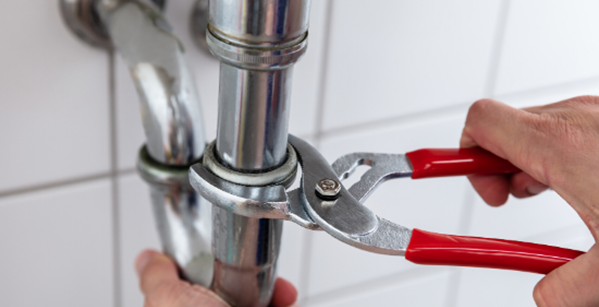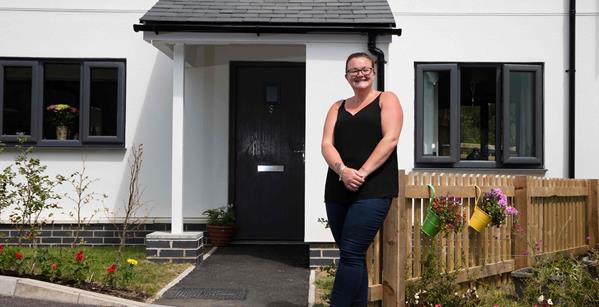What are solar photovoltaic (PV) panels?
- Solar PV panels capture the sun’s energy in cells and convert this energy into electricity to be used in the home. Solar PV panels work effectively even on cloudy days, because they aren’t reliant on direct sunlight.
How do solar PV panels work?
- Solar PV panels are made from semi-conducting materials. When light from the sun shines on the panel, photovoltaic cells create an electrical charge. The stronger the sunshine, the more electricity is produced. But photovoltaic cells don’t need direct sunlight to work and can even work on cloudy days.
- The electrical charge creates a direct current (DC) of electricity. The direct current passes through a solar inverter to turn it into alternating current (AC) electricity. You need AC electricity to run your household appliances.
- Most photovoltaic panel systems don’t normally store electricity. Any electricity that isn’t used in the home will be exported back to the National Grid.
- Hastoe has installed Dimplex Free-E devices to a small number of properties where heating upgrades have taken place, the property already had photovoltaic panels, or where installing photovoltaic panels was part of the upgrade.
- The Dimplex Free-E devices divert surplus energy not used in the home to the hot water tank heater. This is instead of transferring it back to the grid. The energy is then used to heat water for your house.
How do I use the panels efficiently?
- Run household appliances such as washing machines and dishwashers during daylight hours, to make the most of the energy generated.
- Charge electrical items such as phones during daylight hours.
- You should also avoid using multiple appliances at once, as this may exceed the electricity being generated by the panels.
Useful links




